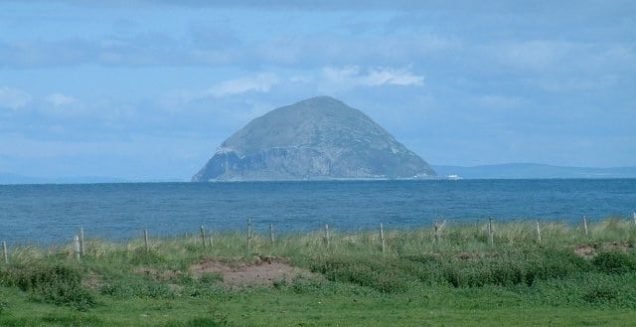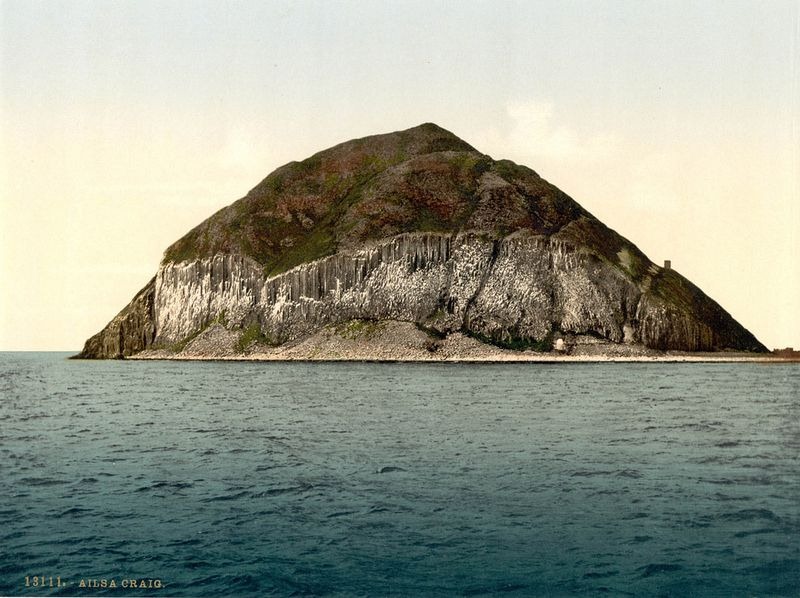Canada curling stone co another manufacturer uses a welsh granite referred to as blue trefor for the body of the stone though it uses ailsa craig granite for the running band repurposed from older stones according to kimberly tuck who works for the company and is a curler.
Trefor vs ailsa craig granite.
As of 2004 60 70 of all curling stones in use were made from granite from the island and it is one of only two sources for all stones in the sport the other being the trefor granite quarry in wales.
Ailsa craig produced two types of granite for curling blue hone and ailsa craig common green.
Kays of scotland has been making curling stones since 1851 and has the exclusive rights to the ailsa craig granite granted by the island s owner the marquess of ailsa.
2 000 tonnes were harvested sufficient to fill anticipated orders until.
Only two places on earth is said to have the blue hone or common green granite which has a low absorption rate and keeps water from freezing and eroding the stone.
Blue hone ailsa craig common green both found on ailsa craig island and trefor which can be found in the trefor quarry of wales.
The granite is then transported to the mainland by boat to be stored in our secure facility until we start the process of transforming the granite boulders into the finished curling stones.
Even today 60 70 percent of all curling stones comes from granite extracted from alisa craig.
Trefor is more durable than ailsa craig blue hone and so is better suited for crashing and banging but ailsa craig blue hone is less porous and better suited for sliding on ice.
The other being the trefor granite quarry in wales.
Not only do but the supply of rock available is far greater.
Ailsa craig and the trefor granite quarry in wales.
Curling stones are made from three types of quartz free granite.
Harvesting between 1600 tons of ailsa craig common green granite and 400 tons of ailsa craig blue hone granite is an operation that takes place as required.
Curling stones require this rare granite that has low water absorption which prevents the action of repeatedly freezing water from eroding the stone.
More than two thirds of all curling stones originate from this tiny volcanic pug.










